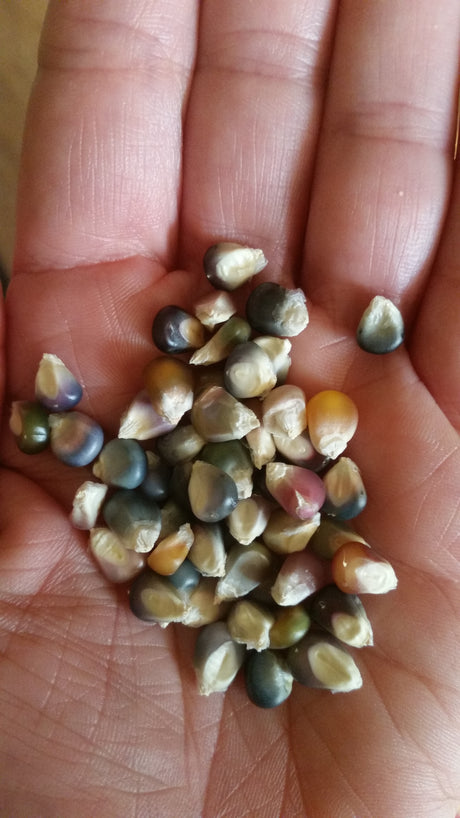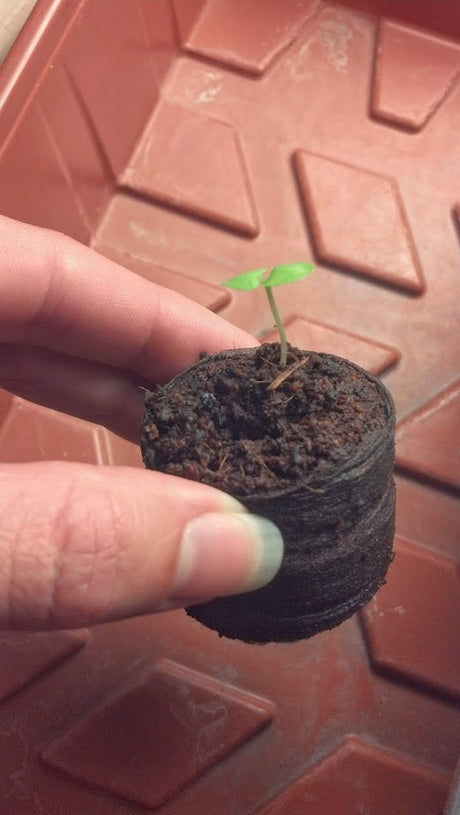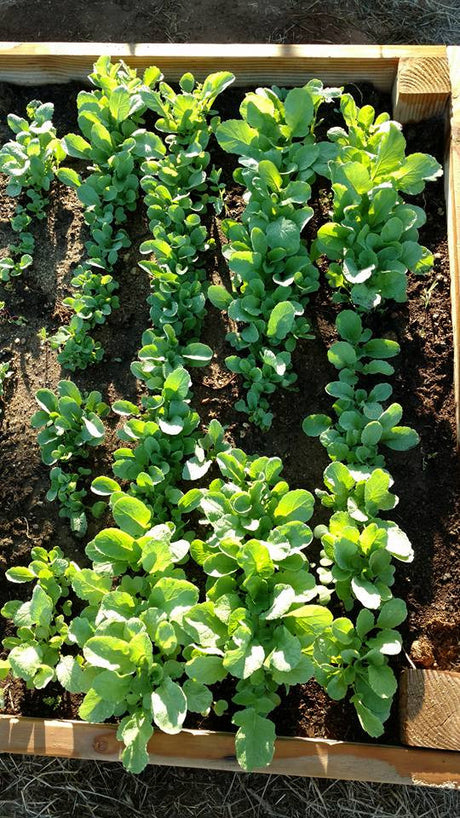
15 Survival Seeds to Stockpile
TIP: Stocking up on seeds for SHTF only works if you're actively growing and rotating seeds! Please don't fall for the "lasts indefinitely" claim from most survival seed companies. Seeds...
Mary Smith |
Welcome to our store Learn more

TIP: Stocking up on seeds for SHTF only works if you're actively growing and rotating seeds! Please don't fall for the "lasts indefinitely" claim from most survival seed companies. Seeds...
Mary Smith |

Safety First! As lovely as eating flowers can be, it can also be a little ... deadly! Not to scare you off or anything. -Eat flowers you know to be consumable...
Mary Smith |

IT'S FINALLY MARCH! We're planting more seeds this week and looking forward to SPRING! Mary's Heirloom Seeds Quick Links Echinacea Seed Starting SUPPLIES Organic Plant Food Organic Pest Control 15...
Mary Smith |

We've shared about Using Coconut Coir in the Garden here in several articles but we've had quite a bit of questions. Today we're going a bit more in-depth. First,...
Mary Smith |

We've discussed recycling and composting in the garden a few times. There are many benefits of composting not just for the garden but also for our planet! If you...
Mary Smith |

~~~SALE EXTENDED THRU MARCH 2ND~~~ I love these announcements!!! We've added MORE new heirloom seeds @ Mary's Heirloom Seeds! Greens and squash are a few of our garden favorites. They...
Mary Smith |

We sent this out yesterday to our e-mail list but thought it would be nice to share to our blog as well. Happy Planting! Mary's Heirloom Seeds Quick Links Greek...
Mary Smith |

Mary's Heirloom Seeds Quick Links Echinacea Seed Starting SUPPLIESOrganic Plant Food Organic Pest Control 15 ORGANIC GIFTS IDEAS UNDER $20 CALIFORNIA POPPY Heirloom BEANS Heirloom BEETS Heirloom CABBAGE Heirloom CARROTS...
Mary Smith |

I love our raised bed gardens!!! There are so many benefits such as less water usage, almost zero weeding and best of all, LOTS of food produced in a small...
Mary Smith |

We're finally updating our Build Your Own Raised Bed tutorial! Our first post was in 2015 when we moved to our new homestead and built a bunch of 8 foot...
Mary Smith |

We recently shared a new report Bumble Bee Put on Endangered Species list. Every day we encourage people to grow without the use of harmful pesticides and work with pollinators...
Mary Smith |

Mary's Heirloom Seeds Quick Links Greek Oregano GARDENS FUNDRAISER Seed Starting SUPPLIESOrganic Plant Food Organic Pest Control Heirloom BEANS Heirloom BEETS Heirloom CABBAGE Heirloom CARROTS Heirloom CORN ...
Mary Smith |

Mary's Heirloom Seeds Quick Links Easy Starter Kits Seed Starting SUPPLIESOrganic Plant Food Organic Pest Control 15 ORGANIC GIFTS IDEAS UNDER $20 Savoy Cabbage Heirloom BEANS Heirloom BEETS...
Mary Smith |

I've shared previous "best of" articles from Mary's Heirloom Seeds such as Mary's Top 10 with Companions and Heat Tolerant Veggies. But how about homesteaders? Some of you, myself...
Mary Smith |